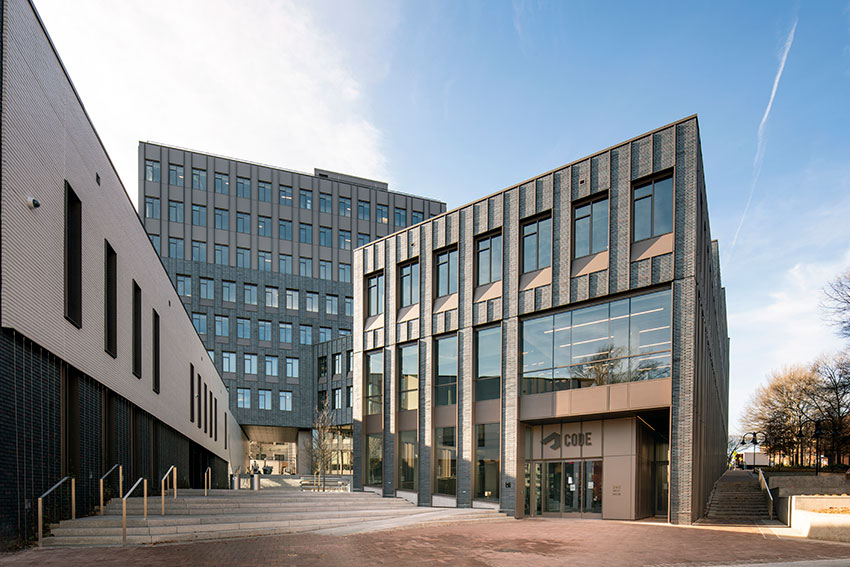Designing Outside the Box
IMPs and their role in a low carbon world
Sponsored by Metal Construction Association
 1 AIA LU/HSW; 1 IDCEC CEU/HSW; 1 GBCI CE Hour; 0.1 ICC CEU; 1 IIBEC CEH; 0.1 IACET CEU*; 1 AIBD P-CE; AAA 1 Structured Learning Hour; This course can be self-reported to the AANB, as per their CE Guidelines; AAPEI 1 Structured Learning Hour; This course can be self-reported to the AIBC, as per their CE Guidelines.; MAA 1 Structured Learning Hour; This course can be self-reported to the NLAA.; This course can be self-reported to the NSAA; NWTAA 1 Structured Learning Hour; OAA 1 Learning Hour; SAA 1 Hour of Core Learning
1 AIA LU/HSW; 1 IDCEC CEU/HSW; 1 GBCI CE Hour; 0.1 ICC CEU; 1 IIBEC CEH; 0.1 IACET CEU*; 1 AIBD P-CE; AAA 1 Structured Learning Hour; This course can be self-reported to the AANB, as per their CE Guidelines; AAPEI 1 Structured Learning Hour; This course can be self-reported to the AIBC, as per their CE Guidelines.; MAA 1 Structured Learning Hour; This course can be self-reported to the NLAA.; This course can be self-reported to the NSAA; NWTAA 1 Structured Learning Hour; OAA 1 Learning Hour; SAA 1 Hour of Core Learning
Learning Objectives:
- Define embodied carbon and its effects in the built world.
- Using a matrix of environmental impacts, make sustainable material selections from both traditional and alternative building products.
- Delineate between sustainable certifications, including LEED, LBC, and WELL, to secure a best fit for project goals and outcomes.
- Define material health and transparency, LCAs, and EPDs, in order generate a responsive and sustainable material selection framework.
- Evaluate materials by quantifying embodied carbon impacts through LCA tools such as EC3.
This course is part of the Metal Architecture Academy
You are not currently logged in to your CE Center account. Log in to view and complete the quiz questions that are embedded in this article.
End Notes
1 Life Cycle Assessment Iyyanki V. Muralikrishna, Valli Manickam, in Environmental Management, 2017
5.2 Stages in Life Cycle Assessment.
2 Marcelo Azevedo, Magdalena Baczynska, Patricia Bingoto, Greg Callaway, Ken Hoffman, and Oliver
Ramsbottom. “The raw-materials challenge: How the metals and mining sector will be at the core of enabling the
energy transition.” Metals & Mining. McKinsey & Company. January 10, 2022.
Amanda Voss, MPP, is an author, editor, and policy analyst. Writing for multiple publications, she has also served as the managing editor for Energy Design Update.






